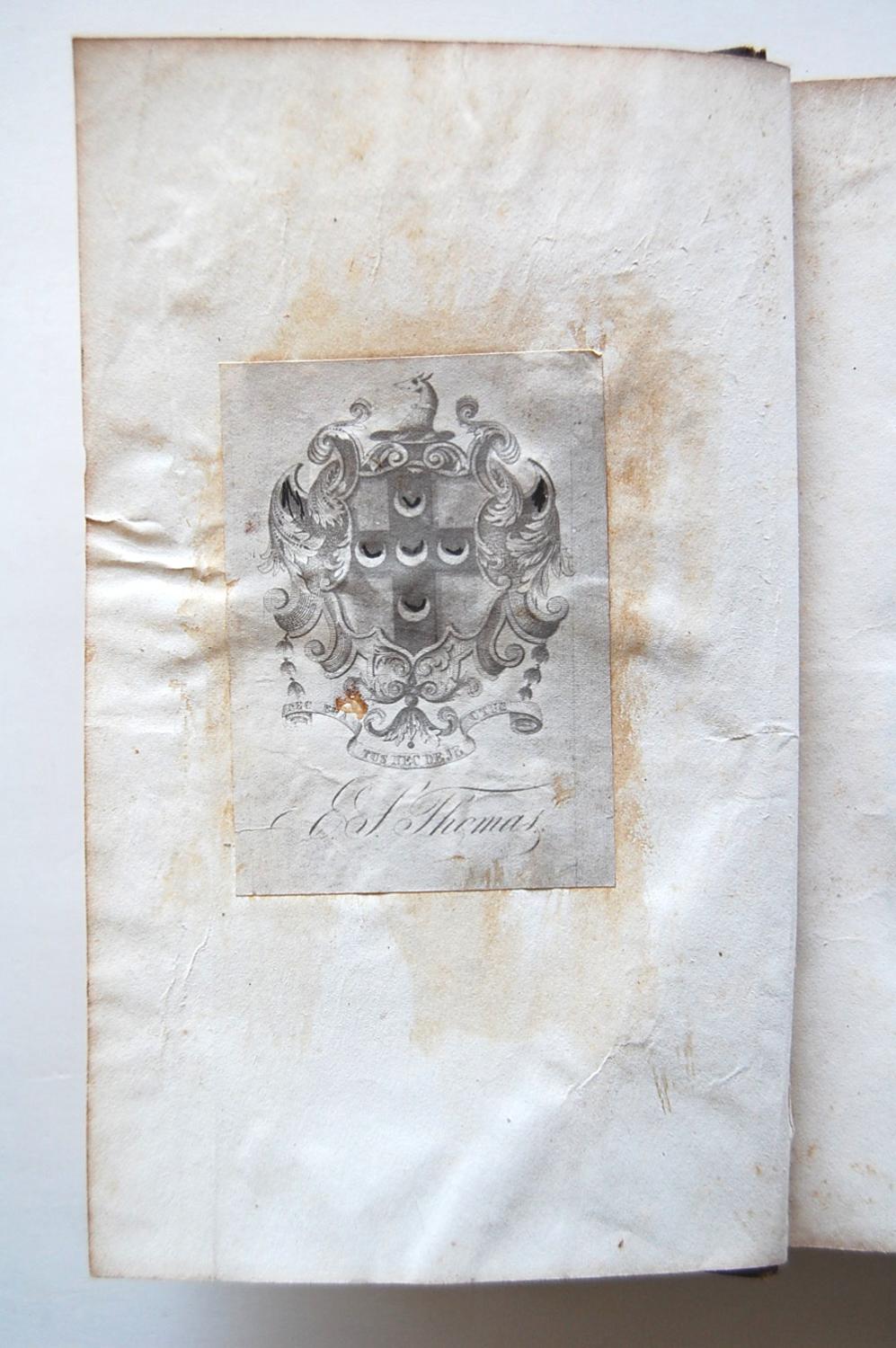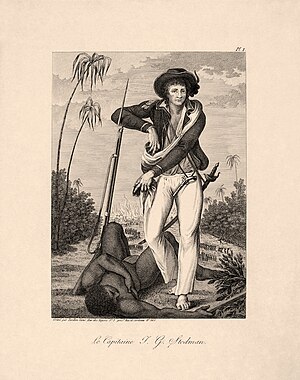“After the Destruction of Captn. Chambers’s Tea”
For the Whigs, that showed how the New York community was normally peaceful and under control; right-thinking locals destroyed the eighteen chests of offensive tea and did no other damage. For their opponents, the fact that only a small fraction of New Yorkers got involved showed how the movement wasn’t really popular.
That split reflected the ongoing battle for public opinion. The Whig committee that orchestrated the tea destruction was playing to several audiences. They wanted to show the government and mercantile community in London, and the East India Company, that their city was adamantly opposed to paying the new tea tax. They wanted to warn merchants and sea captains like James Chambers against trying to evade that boycott.
They also wanted to show the Whigs of Boston and Philadelphia and other North American ports, who had already dealt with tea shipments, that they were just as strongly opposed. As Hugh Gaine’s New-York Gazette concluded its 25 April report:
Thus, to the great Mortification of the Secret and open enemies of America, and the joy of all the friends of liberty and human nature, the union of these Colonies is maintained in a contest of the utmost importance to their safety and felicity.In addition, the Whigs wanted to assure the city’s riled-up populace, who actually started destroying the tea before the self-appointed leaders wanted, that their committee was looking out for the public interest.
Of course, not everyone supported the tea destruction. The first newspaper attack on the action appeared in James Rivington’s New-York Gazetteer on 28 April. In highly emphasized language a correspondent demanded:
What is the Committee of Observation? By whom were they appointed? and what authority had they to order Capt. Chambers, or any body else, to attend them at Mr. [Samuel] Francis’s, or any other place whatsoever? Who says, and upon what authority does he say, that the sense of the city was asked, relatively, either to the sending away Capt. [Benjamin] Lockyer, or the destruction of the tea on board the London? Has not every London Captain brought tea, under the same circumstances? And, if so, what were the Apostates that informed against the unfortunate man, who was threatened with DEATH for obeying the laws of his country? . . .According to Lt. Gov. Colden, the radical Whigs actually lost the ensuing political struggle. On 7 Sept 1774, he wrote to the governor:
I wish the printers of public chronicles would be cautious of disgracing their papers, by publishing party relations. While they adhere to matters of fact, ’tis all well; but when they expand their columns to either patriot or ministerial minions, without any known evidence,— nay, contrary to the truth of fact,—they must not, they cannot, they shall not hope to escape the animadversions of a lover of Constitutional Liberty; but a sworn foe to Coblers and Taylors, so long as they take upon their everlasting and unmeasurable shoulders, the power of directing the loyal and sensible inhabitants of the CITY and PROVINCE of NEW-YORK.
After the Destruction of Captn. Chambers’s Tea, and some other violent Proceedings of the pretended Patriots, the principal Inhabitants began to be apprehensive and resolved to attend the Meetings of the Inhabitants when called together by Hand Bills.New York City remained in a delicate balance between factions. In the summer of 1775 it simultaneously welcomed both Gov. Tryon and Gen. George Washington. In 1776 New Yorkers celebrated the Declaration of Independence by tearing down George III’s statue, and then half a year later the city, retaken by the British military, became the center of Loyalism for the rest of the war.
The Consequence has been that [John Morin] Scott, [Alexander] McDougall, [Isaac] Sears & [John] Lamb are all in disgrace, and the People are now directed by more moderate Men. I hope that the giving [of] any new offence to Parliament will be guarded against.
TOMORROW: What happened to Capt. James Chambers?

















